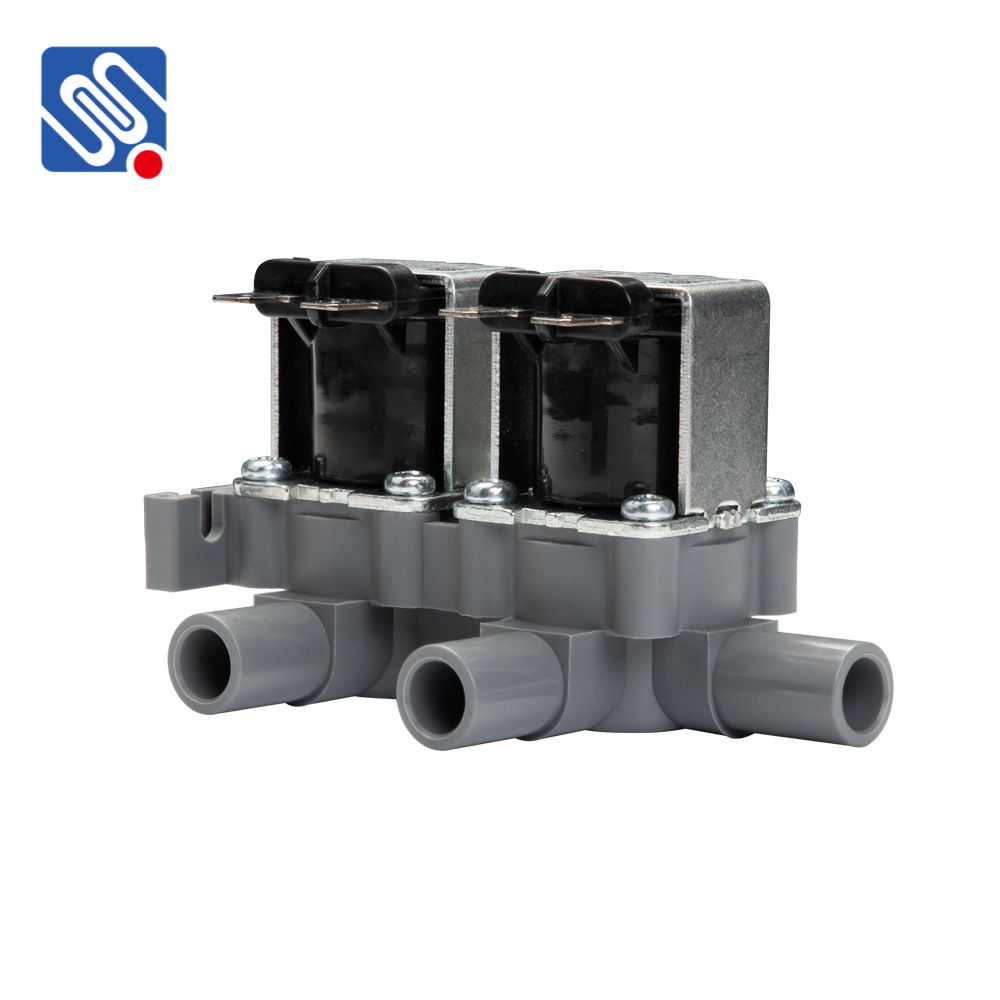understanding the one way solenoid valve: function, applications, and benefits
Release time:2025-04-14 17:06:01
A one way solenoid valve is a crucial component used in various industrial systems to control the flow of liquids or gases. This valve type is typically employed for applications where fluid flow is required in one direction only, preventing backflow. The design and operation of a one way solenoid valve are relatively simple, but its applications are vast, from household appliances to sophisticated machinery. In this article, we will explore the working principle, advantages, and typical applications of the one way solenoid valve, shedding light on why it is so widely used in industries.

What is a One Way Solenoid Valve?
A solenoid valve is an electromechanical device that controls the flow of fluids through a pipe or system. The one way solenoid valve, as its name suggests, allows flow in one direction while preventing flow in the opposite direction. It uses a solenoid—a coil of wire through which current passes to create a magnetic field that moves a plunger or valve seat—allowing the valve to open or close based on the electrical input.
When an electrical current passes through the solenoid coil, it generates a magnetic field that attracts or repels a plunger inside the valve body. This movement of the plunger either opens or closes the flow passage, enabling or stopping the flow of fluid. The one way design of this valve ensures that it allows fluid to flow in one direction while automatically blocking reverse flow. This simple yet effective design helps to maintain system efficiency and prevent damage caused by backflow, which could otherwise lead to contamination, corrosion, or equipment malfunction.

